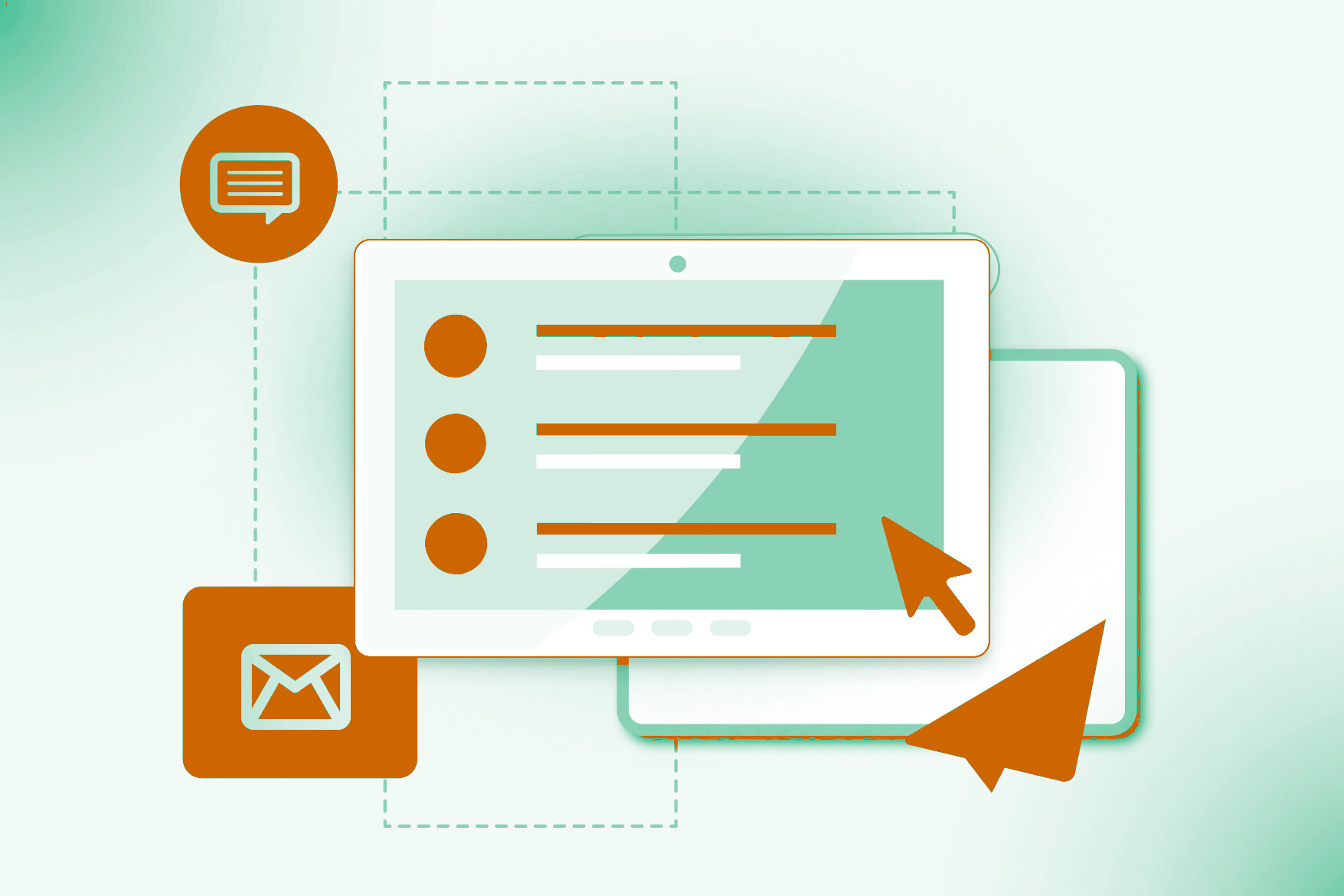Introduction
Email is one of the most important communication tools for businesses, but it’s also one of the biggest targets for cybercriminals. Without proper email security measures, hackers can impersonate your brand, send fake emails on your behalf, and trick your customers or employees into providing sensitive information. One of the most effective ways to protect your business from such threats is by implementing DMARC (Domain-based Message Authentication, Reporting & Conformance). But what happens if you don’t? Let’s explore the risks and consequences of not having DMARC in place.
1. Increased Risk of Email Spoofing and Phishing Attacks
Without DMARC, cybercriminals can send emails that appear to come from your business. This is called email spoofing. Imagine a hacker sending an email to your customers pretending to be your company and asking for personal information or payments. If your customers fall for this, it can damage their trust in your brand and lead to financial losses.
2. Damage to Your Brand’s Reputation
When hackers use your domain to send fraudulent emails, people start losing trust in your brand. If customers, partners, or even employees receive scam emails that seem to come from your business, they may think your company is not secure or professional. Rebuilding a damaged reputation takes time and effort—something no business wants to go through.
3. Increased Chances of Your Emails Landing in Spam
Email providers like Gmail, Yahoo, and Outlook have strong security filters to detect suspicious emails. If your domain lacks authentication measures like DMARC, your legitimate emails may be marked as spam or even blocked. This means your important messages—like invoices, order confirmations, or customer support responses—may never reach the people they’re meant for.
4. Financial Losses Due to Fraud and Cybercrime
When scammers use your domain to send phishing emails, they often aim to steal money. For example, they might trick one of your employees into making a payment to a fake bank account. Businesses lose billions of dollars every year due to these types of attacks. Without DMARC, your company is at a higher risk of falling victim to such fraud.
5. Missed Business Opportunities
If your emails don’t reach your clients because they end up in spam folders, you could miss out on potential sales, partnerships, or customer interactions. Poor email deliverability can directly impact your revenue and business growth.
How DMARC Helps
DMARC acts as a security guard for your domain. It tells email providers how to handle messages that fail authentication checks. With DMARC, you can:
- Prevent spoofing and phishing by blocking unauthorized emails sent from your domain.
- Protect your brand reputation by ensuring only legitimate emails come from your business.
- Improve email deliverability so your emails reach inboxes instead of spam folders.
- Gain visibility into who is using your domain to send emails with regular DMARC reports.
Conclusion
Not having DMARC in place is a big risk for any business. From financial losses to reputational damage, the consequences of email spoofing and phishing can be severe. Implementing DMARC is a simple yet powerful step towards securing your domain, protecting your customers, and ensuring your emails are trusted. If you haven’t set up DMARC yet, now is the time to take action before your business becomes a target.

Comments are closed!